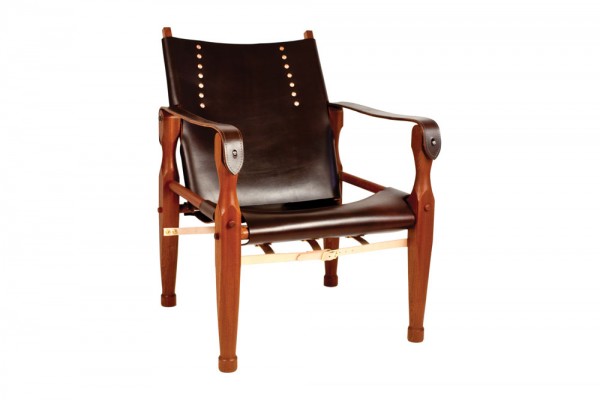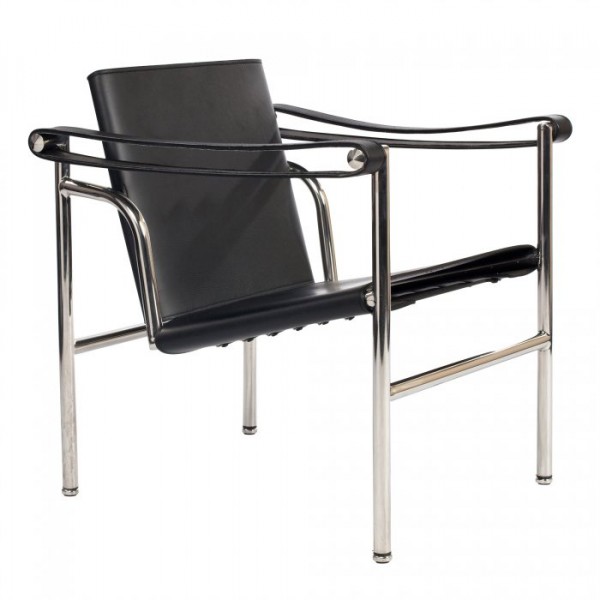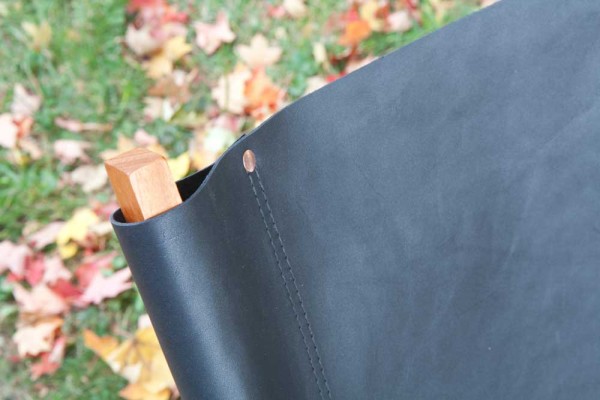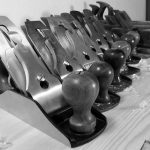We may receive a commission when you use our affiliate links. However, this does not impact our recommendations.
One of the most influential chairs of the 20th century was built and designed by an anonymous craftsman in Roorkee, India.
Whoever built the first “Roorkee” chair in the late 1890s was trying to supply the military forces of the British Empire with a lightweight camp chair that could be taken to pieces in a few minutes and could adapt to any terrain, no matter how rugged.
The simple Roorkee chair was a huge military success. But what is even more incredible is how this chair with no fixed joinery influenced modern designers all over the world for the next 60-plus years.
Kaare Klint, the founder of the Danish Modern furniture style, made slight changes to the Roorkee to create the famous Safari chair – a form that is still in production today. Le Corbusier saw the Roorkee and reimagined it in chrome and black leather to create the Basculant chair. Marcel Breuer created the Wassily chair. Wilhelm Bofinger made the Farmer’s Chair. And Vico Magistretti developed the Armchair 905 in 1964. All are direct descendents of the simple Roorkee.
After building more than 25 of these Roorkee chairs for customers and teaching this class to woodworkers all over the world, I’ve teamed up with Popular Woodworking Magazine to produce a three-and-a-half hour video on all aspects of making this historic-but-almost-forgotten chair. (It’s now available as a DVD or as a video download at shopwoodworking.com.)
The Roorkee is one of the most comfortable chairs you’ll ever make – the loose conical mortise-and-tenon joints adapt to your body, creating a solid exoskeleton of thick leather and dark wood. The tilting back curves to cradle your shoulders and pushes against your lumbar to make it easy to sit in for hours. And the simple construction will make you wonder why you ever feared chairmaking.
In this DVD we take you through all aspects of construction. We start with rough sapele and create the legs, stretchers and back using a lathe and a few simple hand tools. (Note: This is a great project for beginning turners and the DVD assumes you have never turned anything.) We make the conical joinery using simple and inexpensive tools. And we introduce you to leatherwork, starting from the cow and ending up with a nice place to sit.
Even if you’ve never built a chair, you’ll breeze through this project. Most of my students have never built any seating. Advanced woodworkers will broaden their skill set with tips on hardware installation, leatherworking and even finishing.
You might also want to check out all these blog entries I’ve written about this great chair during the last few years.
— Christopher Schwarz
Here are some supplies and tools we find essential in our everyday work around the shop. We may receive a commission from sales referred by our links; however, we have carefully selected these products for their usefulness and quality.













You’ll be starting from the cow!? Sounds messy!